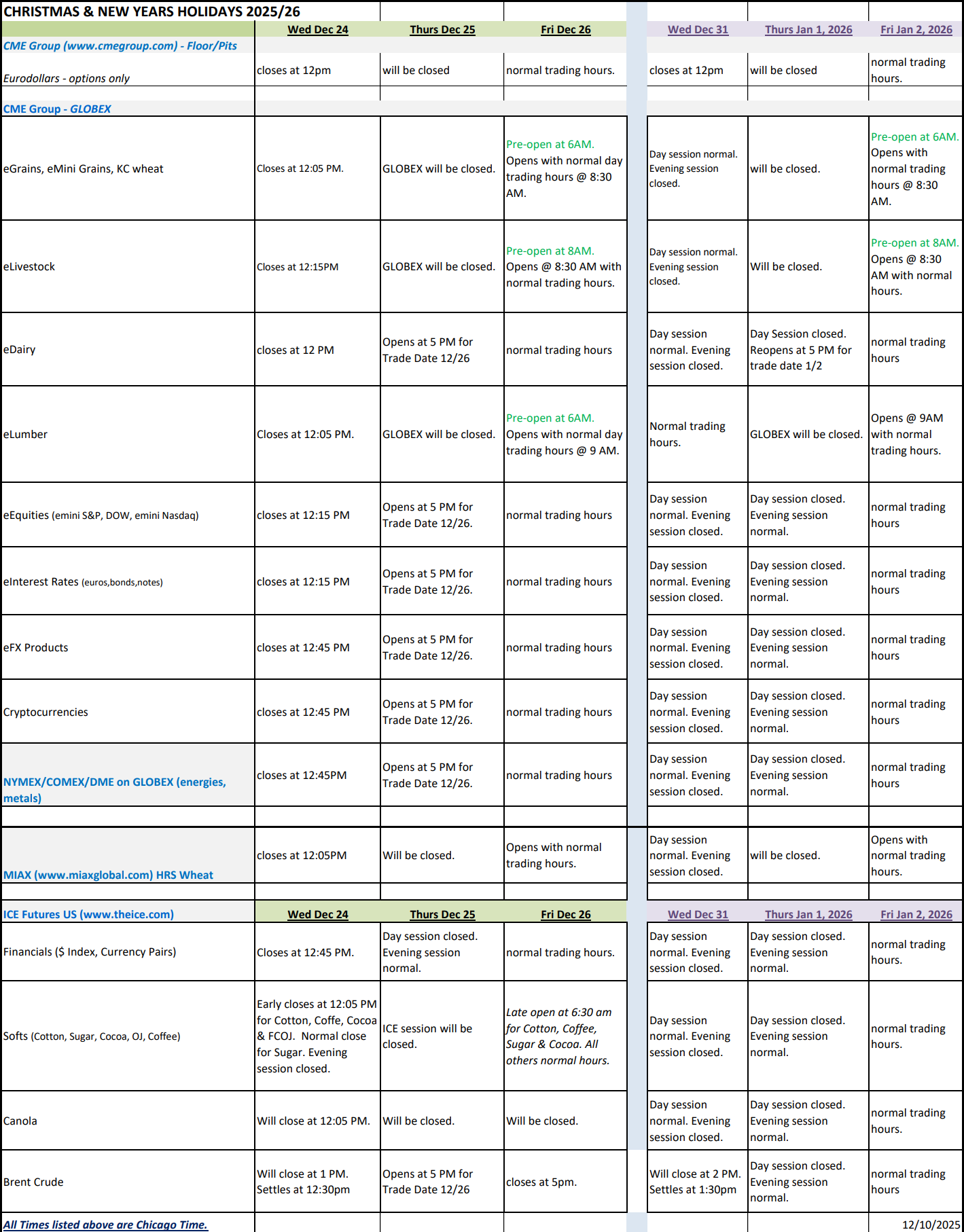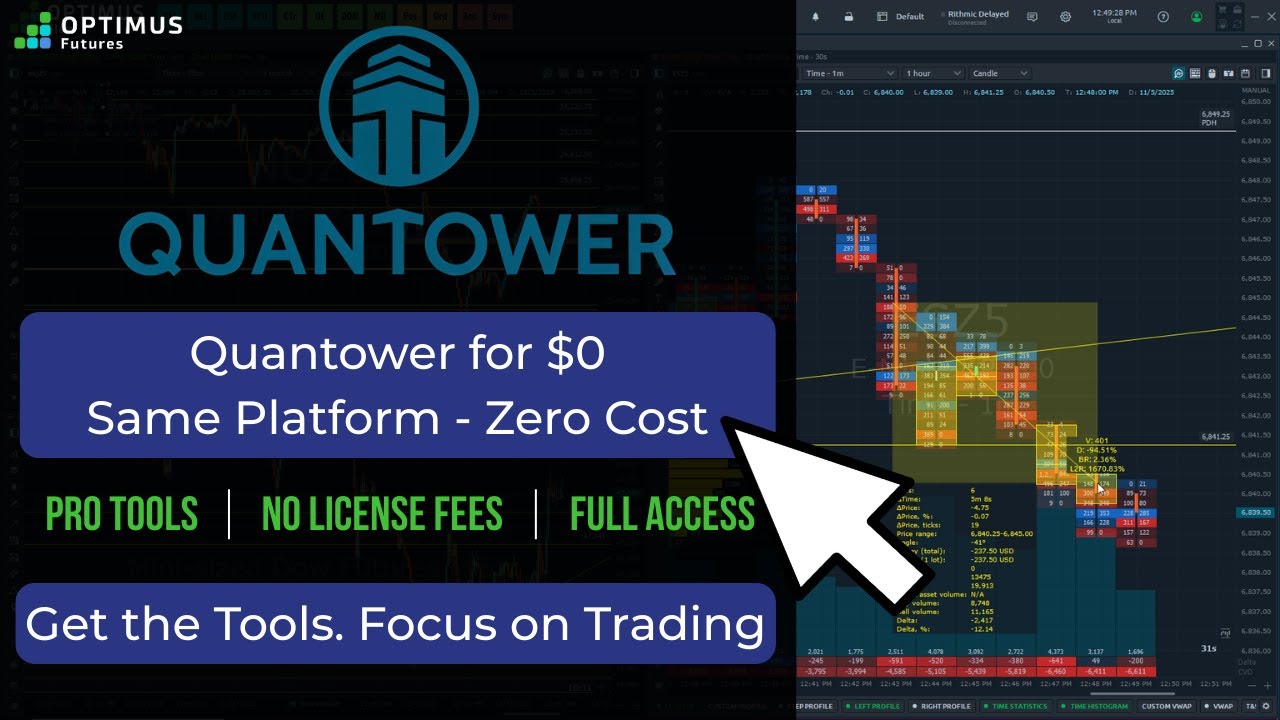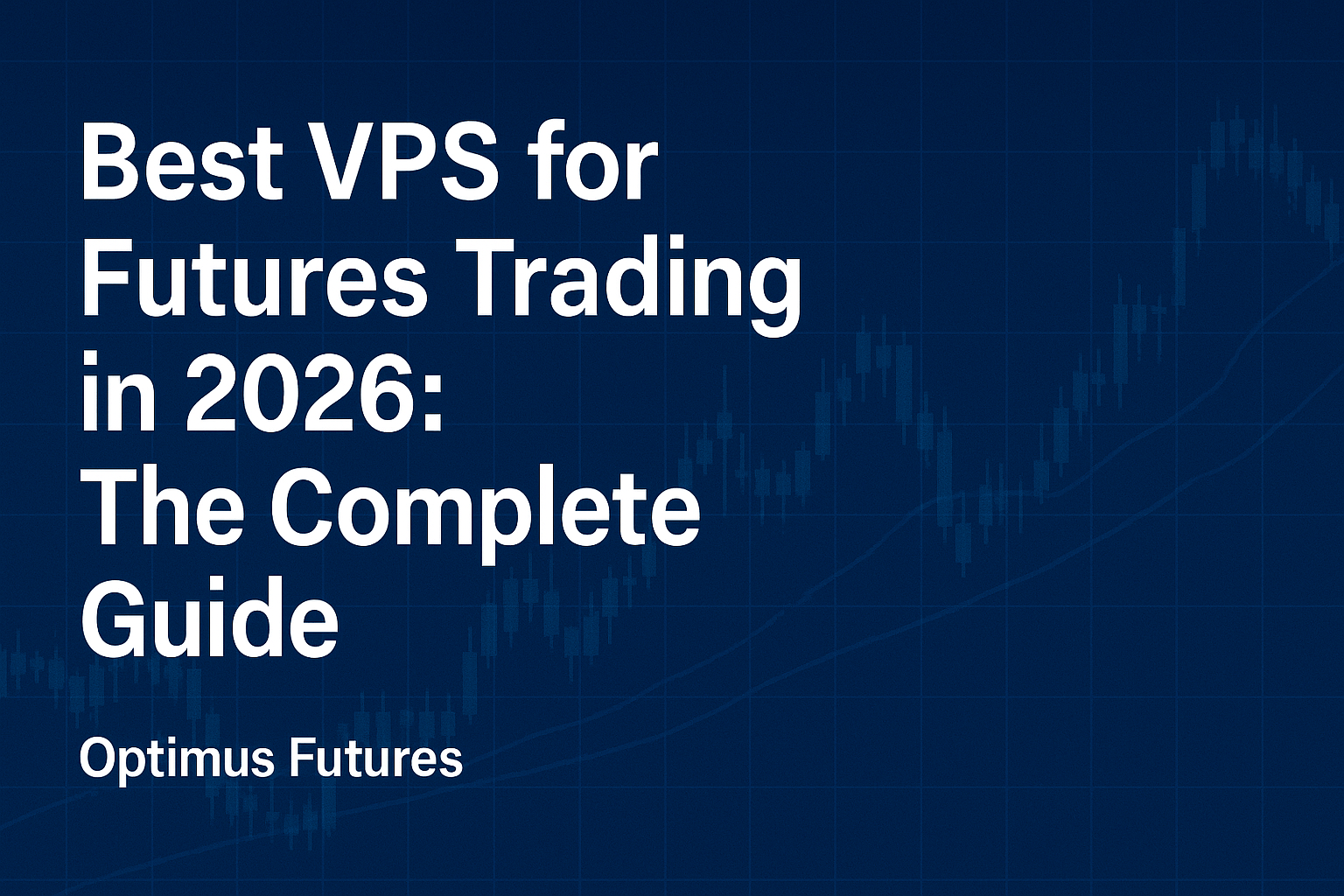This article on futures trading trend exhaustion is the opinion of Optimus Futures.
Everyone knows that financial markets move in waves. But how can you, as a trader, profit from such well-known price behavior? The Dow theory and the Elliot Wave theory are very well respected because they describe the fundamental nature of how people interact in the financial markets and how they drive prices.
However, when it comes to making actual trading decisions, you have to be able to translate theoretical concepts into actionable ideas. That’s where this article comes in. We will now show you how to identify trend exhaustion by combining commonly used trading knowledge.
Market phases and trend waves
Before we get started, let us come back to the core basics of financial market theory. The Dow theory and the Elliot wave theory are ideal when it comes to identifying trend exhaustion.
Dow Theory
The Dow theory is based upon the assumption that every trend undergoes three different stages:
Accumulation. The start of a new trend which is mainly fueled by informed investors. The accumulation phase is a transition phase from a previous downtrend to a new uptrend. Whereas the amateurs are still worried about further sell-offs, the professionals are already positioned long.
Participation. The participation phase describes the stage when more average investors position themselves long as it becomes more obvious that the trend has changed. The participation phase is fueled by good fundamental news after a recovery from a downtrend.
Excess. The excess phase ends in the market topping out. During the excess phase, the informed investors unwind their long positions which can increase volatility. During the excess phase, the most uninformed market participants enter the trend way too late because they don’t want to miss out.
The classic example of the 3 phase Dow theory has been the rally in gold that has played out over the last few years. The uptrend started slow and then accelerated more and more. By early 2011, the story about the gold rally was all over the news – even though the price of Gold had quadrupled by then already. This describes the excess phase when the most uninformed investors bought into gold before it eventually crashed.
As we will see shortly, the Dow theory and the concept of the three market phases also applies to smaller time-frames and it can be used to make intra-day or short term trading decisions as well.
Elliot wave
The Elliot wave theory is somewhat similar to the Dow theory, as it looks at price waves as well. The Elliot wave theory suggests that a trend consists of three trend waves. Although subjectivity can play a big role when applying the Elliot wave theory, when it comes to finding trend exhaustion, it can be of great help.
The chart below shows two 2 Elliot wave sequences during a rally and the sell-off afterwards. Similar to the Dow theory, the final wave into the market top and bottom is usually driven by emotions and uninformed decision makers. In the next example we show you how to accurately identify the exhaustion move.
How to trade trend exhaustion
It can be challenging to trade purely based on Elliot wave or Dow theory principles because those concepts do not offer specific advice about when one phase is over and when another one is likely to start. However, by combining the concepts of Elliot wave theory and momentum indicators, or volatility trading tools, it is possible to identify high probability exhaustion moves.
Fading momentum
Exhaustion moves are usually always accompanied by a momentum divergence. Whether you use the RSI, the CCI or the Stochastic indicator, an exhaustion moves always comes with a momentum divergence. The screenshot below shows that both Elliot wave sequences had been completed with a momentum divergence on the final third exhaustion move.
Volatility extremes
It is also possible to use the Bollinger Bands to identify exhaustion moves. The sequence is always the same when looking at the final exhaustion move. The second Elliot trend wave is usually characterized by price shooting outside the outer Bollinger Bands, signaling extreme price movements. Afterwards, the final wave looks like a fake breakout or a double top and price does not break the outer Bollinger Bands which signals fading strength. The final entry signal occurs when price makes a new low or a new high during the reversal.
Trading against amateurs with the exhaustion move
The trend exhaustion move illustrates amateur trading behavior and emotionally driven price action. Understanding how the amateur traders approach the market and why they are usually late to enter a trend after having seen extended price movements can help you make better trading decisions.
ALSO READ | Trend Following Strategies – Everything You Need to Know
There is a substantial risk of loss in futures trading. Past performance is not indicative of future results.







